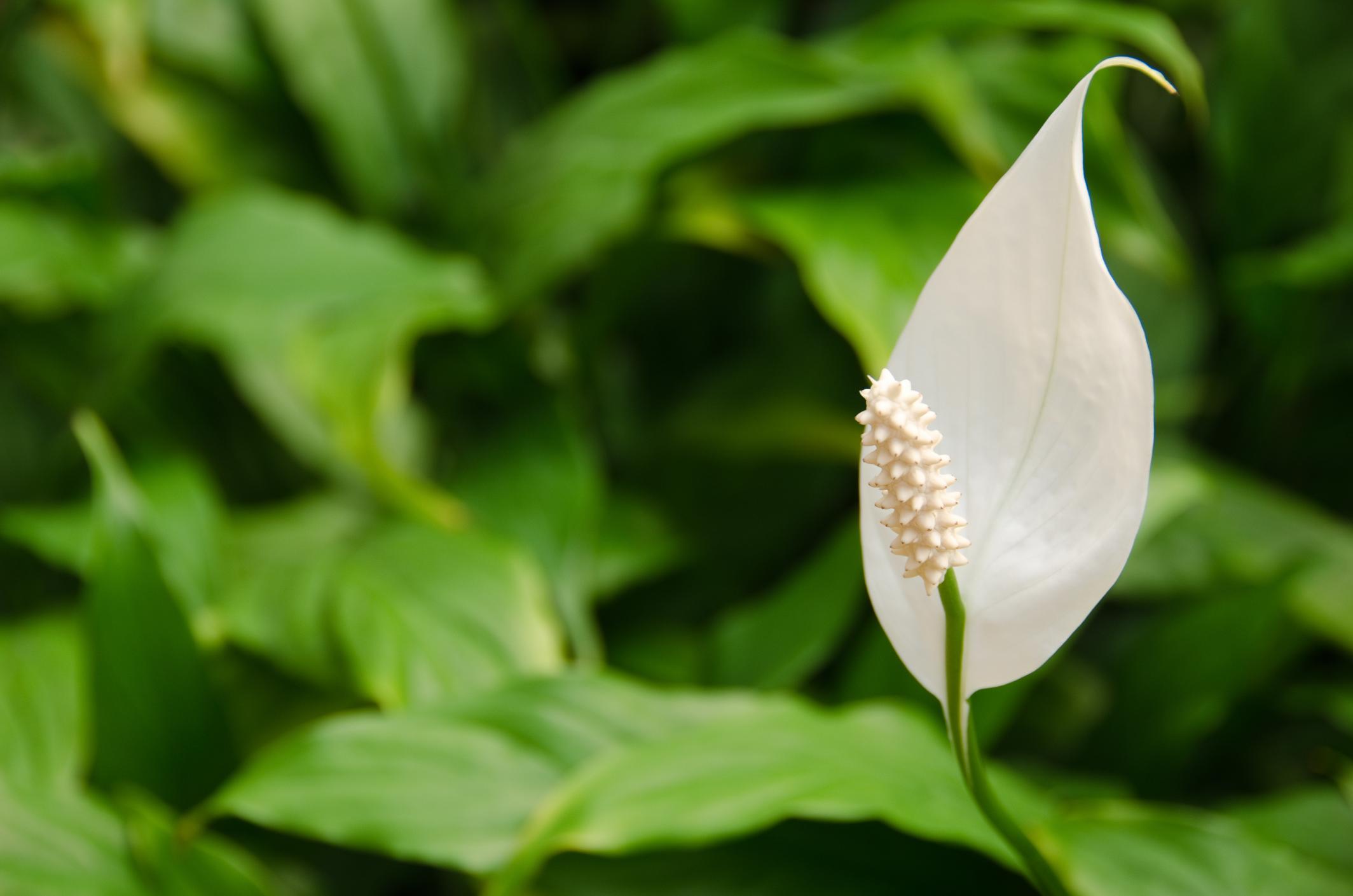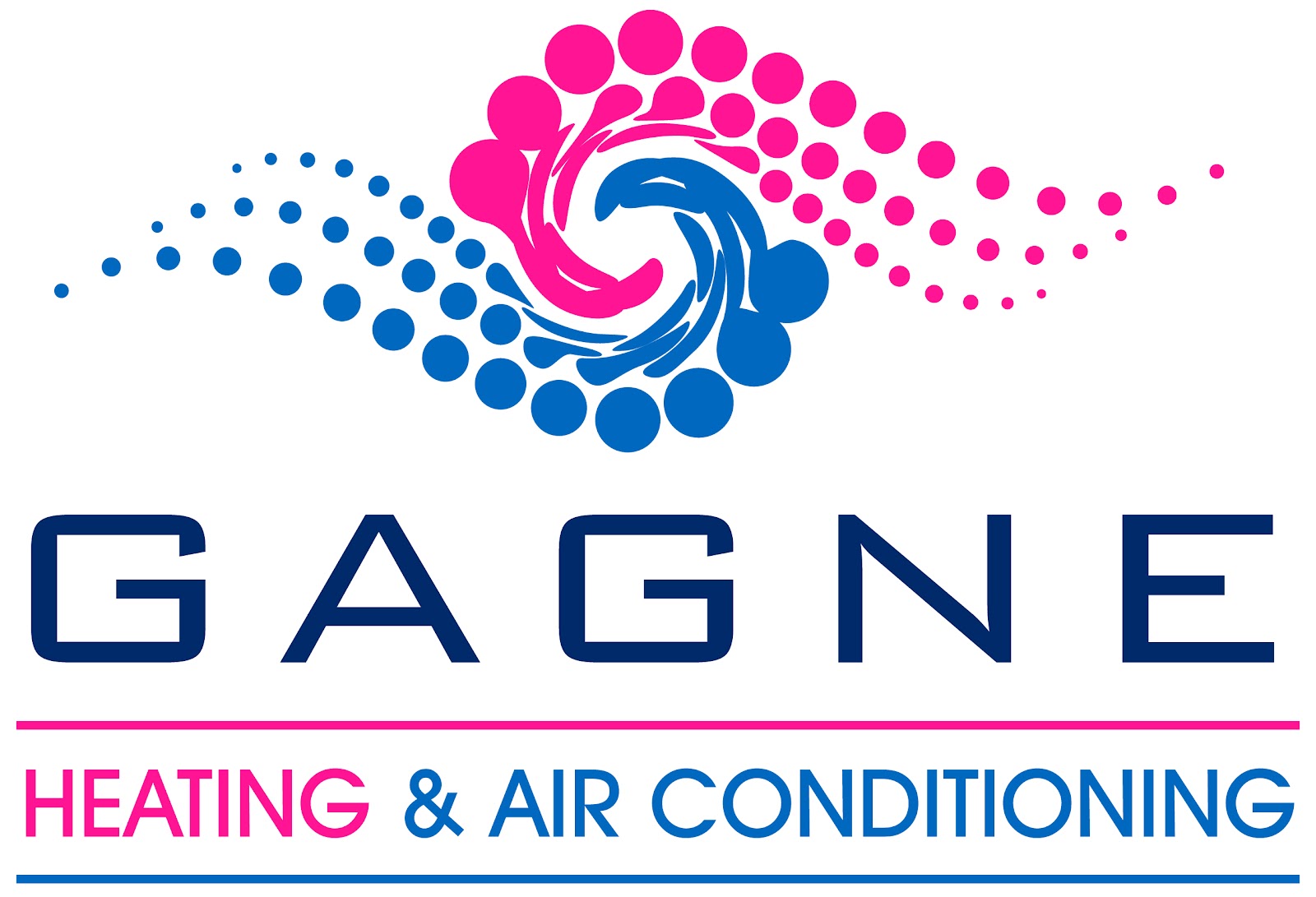Maintaining Healthy Indoor Air Quality with Air-Purifying Plants

Air-purifying plants are a great way to clean up the air indoors. Since plants naturally absorb harmful toxins and replenish the air with oxygen, indoor plants are a natural solution to fighting indoor air pollution. The benefits of using air-purifying plants include energy efficient low costs paired with a calming decorative effect. The key to implementing effective air-purifying plants in your home or office is choosing the right plant.
So to help you make your decision, based on your indoor environment, we’ve made a few suggestions below.
For Well-Lit Windows
Succulents, such as Aloe, are great plants to keep on windowsills that receive much of the day’s sunlight. Succulents are very low maintenance and require watering about once a month. Aloe is a great choice because of its ability to absorb chemicals found in cleaning products.
Another plant that is ideal for sunlit rooms is the Red-Edged Dracaena. This plant is effective at reducing the amount of benzene and formaldehyde in the air.
For Partially Sunlit Rooms
Plants such as English Ivy, Rubber Trees, Spider Plants, Philodendron and Golden Pothos make great additions to rooms that may not have direct sunlight. These plants can be maintained in partially sunlit rooms, with watering about once or twice a week.
These plants are good at absorbing toxins, including formaldehyde and carbon monoxide. They also make excellent hanging baskets.
For Rooms with Low Light
One of the biggest problems with using indoor plants is finding the right plant for rooms with little to no natural light. For rooms like that, consider Peace Lilies or a Bamboo Palm. These plants are great at surviving in the shade, although some indirect light is beneficial. These plants will need regular watering, particularly the Bamboo Palm, which requires a lot of moisture for the roots. For Peace Lilies just water thoroughly and allow soil to dry before re-watering. Both these plants reduce air toxins, such as benzene.
Maintaining the air quality in your home or business is crucial. In addition to adding indoor plants, make sure to keep your air healthy by replacing your air filters every three months. You also may want to consider a whole house humidifier if you’re concerned about keeping a healthy humidity level indoors.
To learn more about maintaining the air quality of your home or business, browse our blog or knowledge center.
